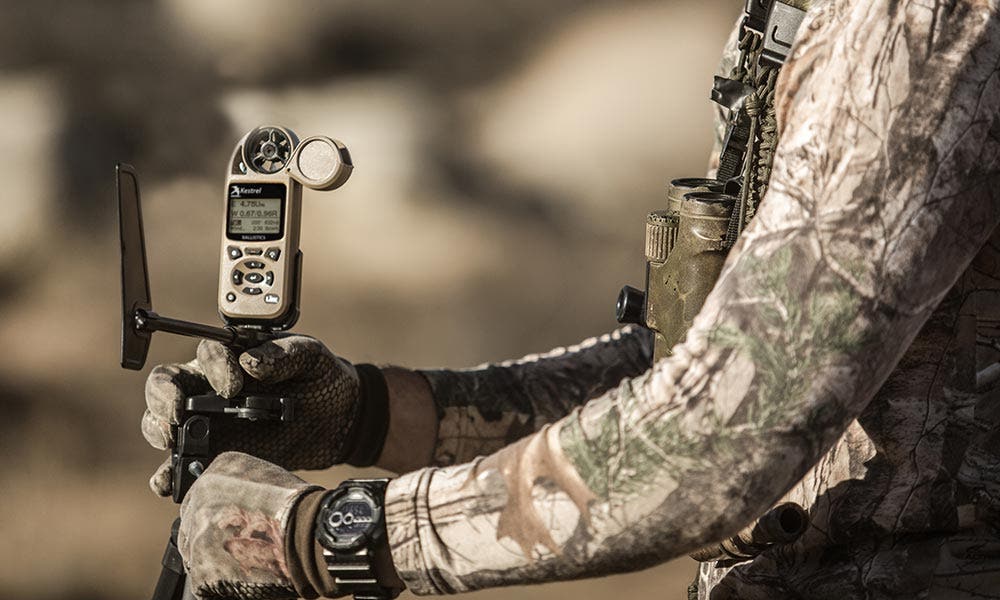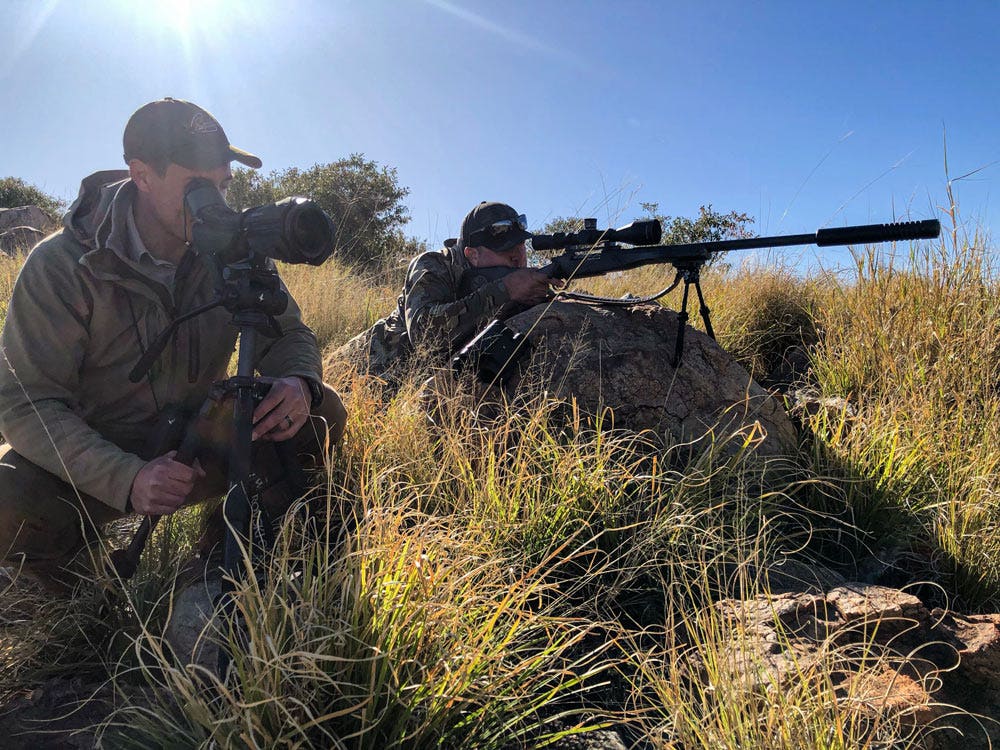An Intro to Precision Rifle Series

If you aren’t familiar with the Precision Rifle Series but are interested in competitive shooting and shooting sports in general, here’s an introduction.
Competitive Shooting in the Precision Rifle Series
A little competition is good for the soul. Without it, we have no reason to grow or advance in life, whether we’re talking about careers, skills, or – you guessed it – shooting competitions. Precision Rifle Series competitions offer the chance for shooters to test their abilities against themselves and others in a variety of different situations. If you’re unfamiliar with it, here’s a quick background on what it is and the shooting gear you need.
What is the Precision Rifle Series?
The Precision Rifle Series is one of the most well-recognized organizations for shooting competitions. In several states nationwide, shooters of all levels compete in unique scenarios to see who can score the most points by being the most accurate shooter. There are four different centerfire divisions (open, tactical, production, and gas gun). The first three types of these divisions involve bolt-action centerfire rifles, while the gas gun division includes semi-automatic centerfire rifles. There are also five different categories (military/law enforcement, ladies, seniors, junior, and international competitor class), which you can sign up for.
Shooters are grouped into different classifications based on shooting ability so everyone can see how they perform against others of a similar skill level. Categories are grouped by amateur, marksman, semi-pro, and pro, based on how well you performed the prior year. What’s really relevant about the Precision Rifle Series (PRS) is that it involves long-range shooting. To do that well, you need the right shooting equipment.
"Road to the PRS" Episode One | PRS Beginner Series Presented by Kestrel Ballistics from Nielsen Kellerman on Vimeo.
Video caption: Join Jeremy Flinn, the owner of Stone Road Media, as he embarks on a thrilling journey into the world of Precision Rifle Series (PRS) shooting with the help of some of the most respected instructors and shooters in the industry.
In this first installment, follow along with Jeremy and Katie Godfrey of Kestrel Ballistics as they travel to eastern Pennsylvania to meet Jordan Glassman. Jordan is a friend of Kestrel and a renowned long-range shooting specialist and PRS beginners match instructor. He helps get Jeremy off on the right foot as he starts his journey to learn the art of precision rifle shooting in preparation for an upcoming PRS Beginners Match.
Top Rifle Calibers for Precision Rifle Series
When it comes to the best rifle calibers for PRS competitions, there are a lot of rules to be aware of and comply with – much more than we can list here. Each division has its own specifications on what kind of gear you can and cannot use, so you need to study them and be aware, or you risk being disqualified. You can find the 2023 rule book here for more information. But for a quick summary, here are a few points for each division.
- Open – this division requires a bolt-action rifle not exceeding a caliber of .30. This division usually attracts the most custom rifles, with setups running many thousands of dollars.
- Tactical – this division is designed mostly for military or tactical-style bolt-action rifles. The only rifles allowed in this division include .308 Winchester and .223 Remington/5.56 NATO.
- Production – this division requires the use of bolt-action rifles that do not exceed $2,500 (as listed on the company/brand website) or optics that do not exceed $2,500. The idea is to let beginners or lower-budget shooters have equal access.
- Gas Gun – as the one exception to the bolt-action rifle requirement, the gas gun division allows semi-automatic rifles (e.g., AR-style platforms) up to .30 caliber.

Your rifle must be capable of 1 MOA shots (i.e., 1 inch at 100 yards); otherwise, it will be tough to be competitive at longer distances. Ideally, the best PRS competition rifle should also be one without a lot of recoil (i.e., smaller caliber rifles often serve better than larger ones). Since you’ll be shooting several times (and don’t want to get beat up by it) and for other reasons mentioned below, you don’t want a rifle that recoils heavily and jumps too much. Ideally, your gun should be heavy enough to stay steady between shots. For all these reasons, 6.5 Creedmoor is a popular cartridge among many
Quality Optics
One important note for PRS competitions is that the shooter needs to spot their own hits (or misses) on target. If you miss a shot, you need to adjust on the fly as quickly as possible to correct it, so you need real-time feedback. At long-range distances past 1,000 yards and with recoil included, this can obviously be difficult to do with a cheap scope. That makes quality optics a very critical component of the PRS gun setup.
Obviously, select something that fits your budget range (pay attention to the cost if you want to stay in the Production division). You should find something that has an adjustable magnification (because your shots will vary in distance), and you should err on the side of larger magnification due to the long-range scenarios.
Combine your scope with a bubble level. Since you’ll be shooting in different, awkward positions, you need to know whether you are canted to the side, as that will affect your shot downrange. The level is curved and uses a ceramic ball to make sure you’re level in any conditions.
Other Necessities & Miscellaneous Gear
Besides a rifle with quality optics, there are a few other items that would be very helpful.

Shooting meters will no doubt help you attain mastery quicker, putting you on the target even at long ranges and under different conditions. With the ability to quickly collect onsite atmospherics, the built-in ballistics solver will make sure you nail each stage and advance through each competition as fast as possible without having to rely on dope cards. The Kestrel 5700 Ballistics Weather Meter is an excellent option to take along to your next Precision Rifle Series competition. It measures on-site atmospheric information like wind speed/direction, barometric pressure, and temperature (along with altitude), and provides ballistics solutions so you can quickly use elevation and windage solutions to hit the target the first time, each time.
When sighting in a rifle or shooting at long-range distances, it’s obviously important to have a stable rest, especially when you’re placed in uncomfortable positions (like you will for Precision Rifle Series competitions). For that reason, many competition shooters will use shooting bags, bi-pods, or tripods to steady themselves for each shot. The Recon Collapsible Tripod is an easy and durable option that you can use for your rifle.
Overall, you might not need a ton of shooting gear for a Precision Rifle Series competition. Many people get started with what they already have from hunting or recreational shooting setups. But the more you invest in your gear – both in dollars paid for quality gear and time spent practicing at the shooting range – the better off you’ll be.









